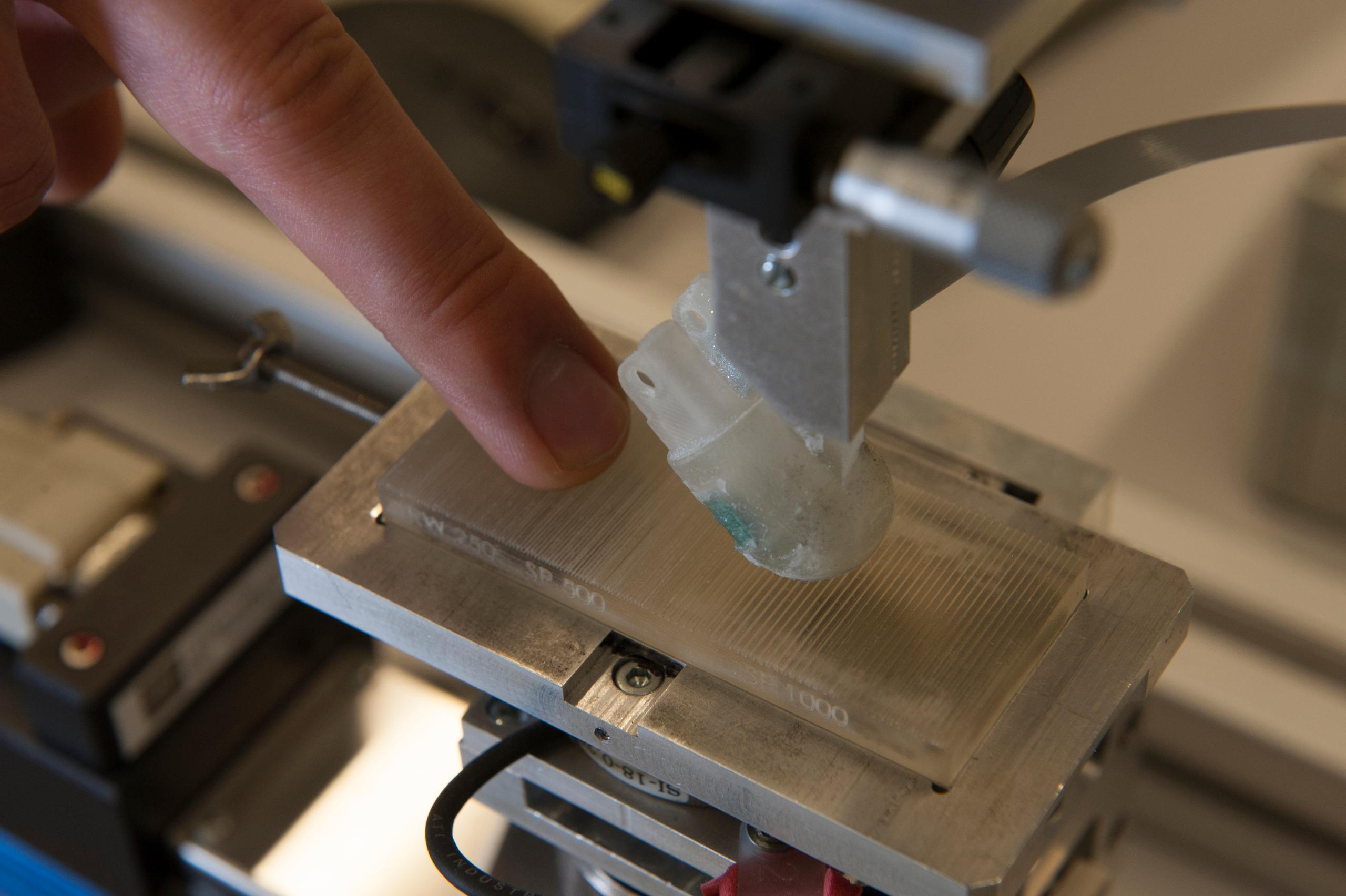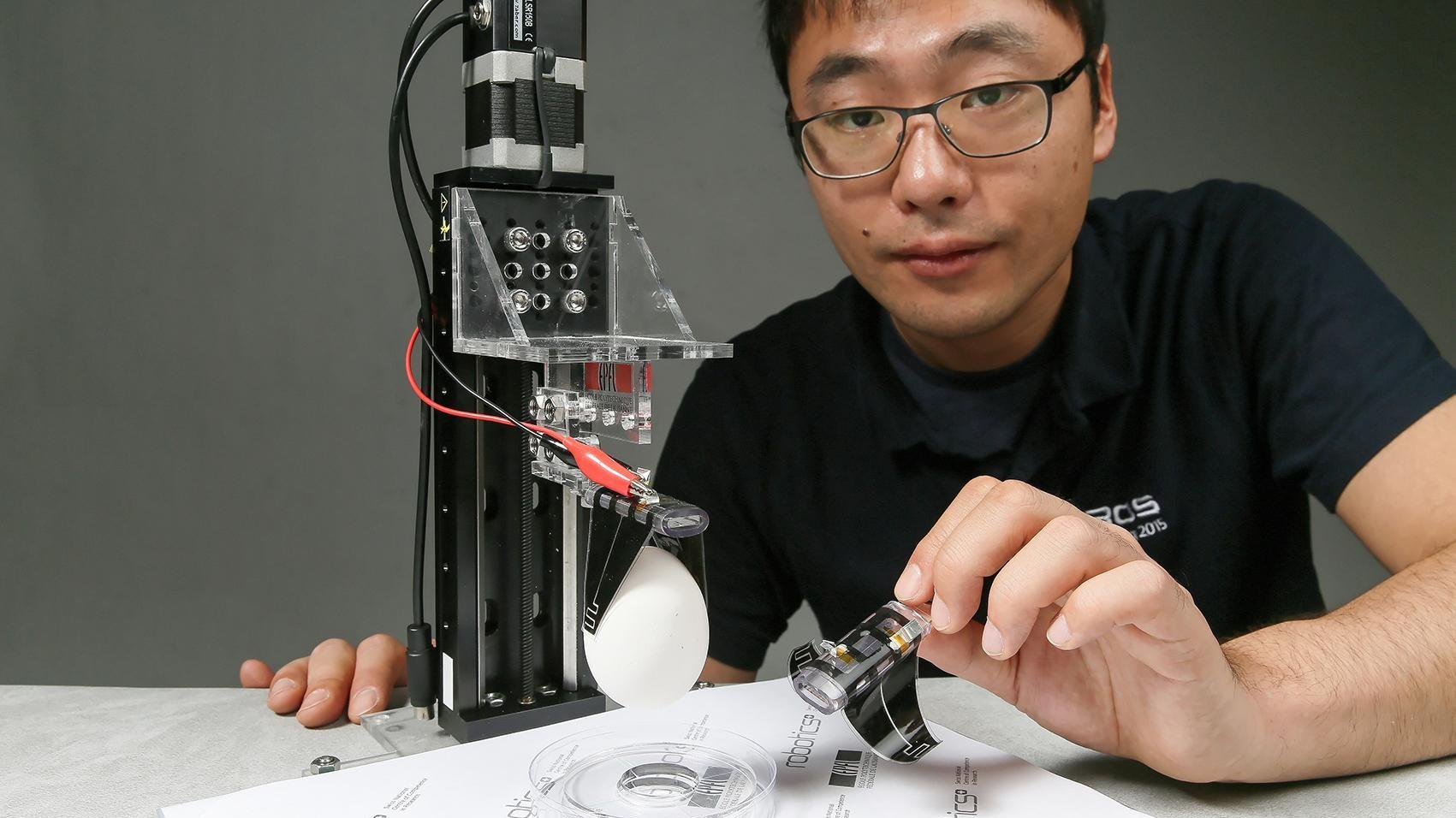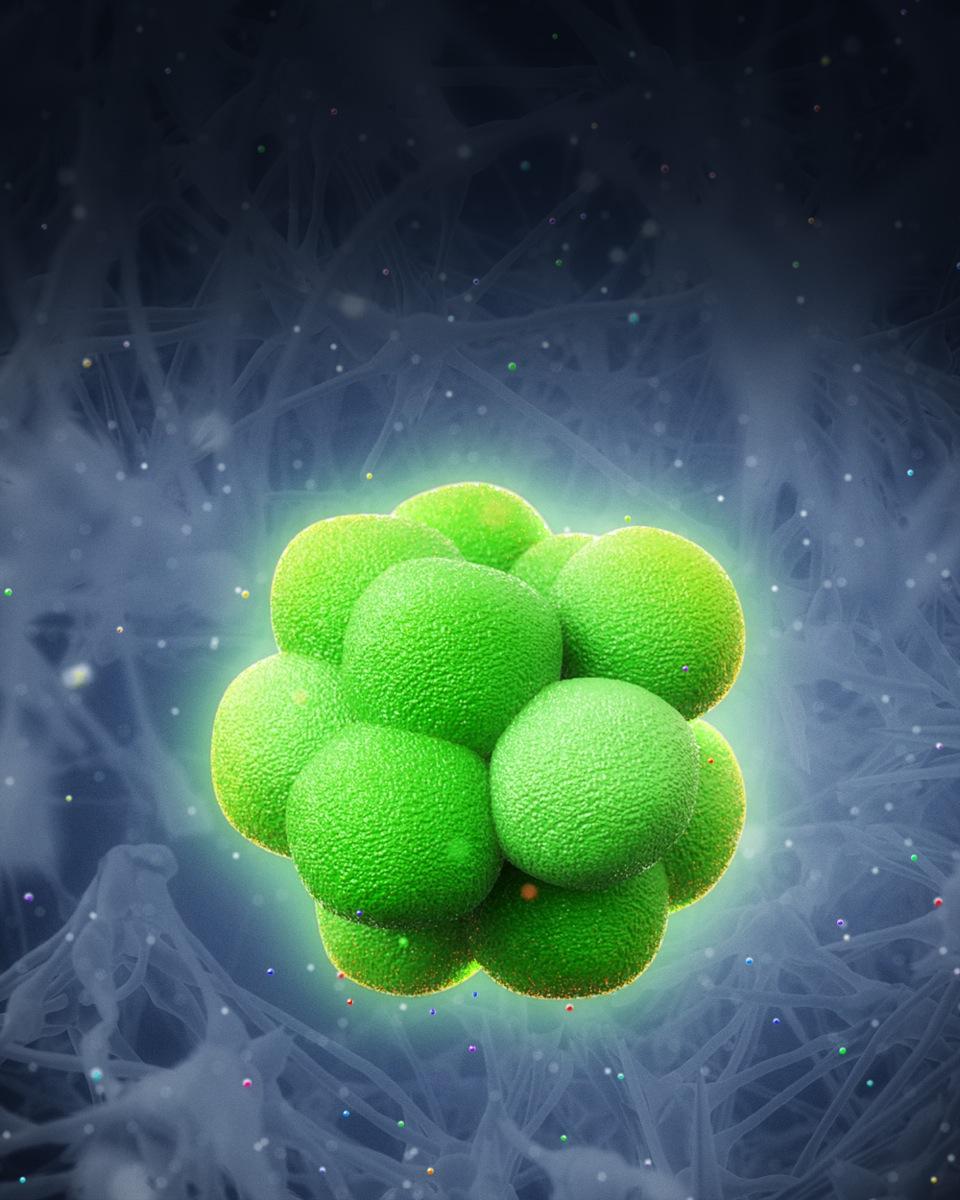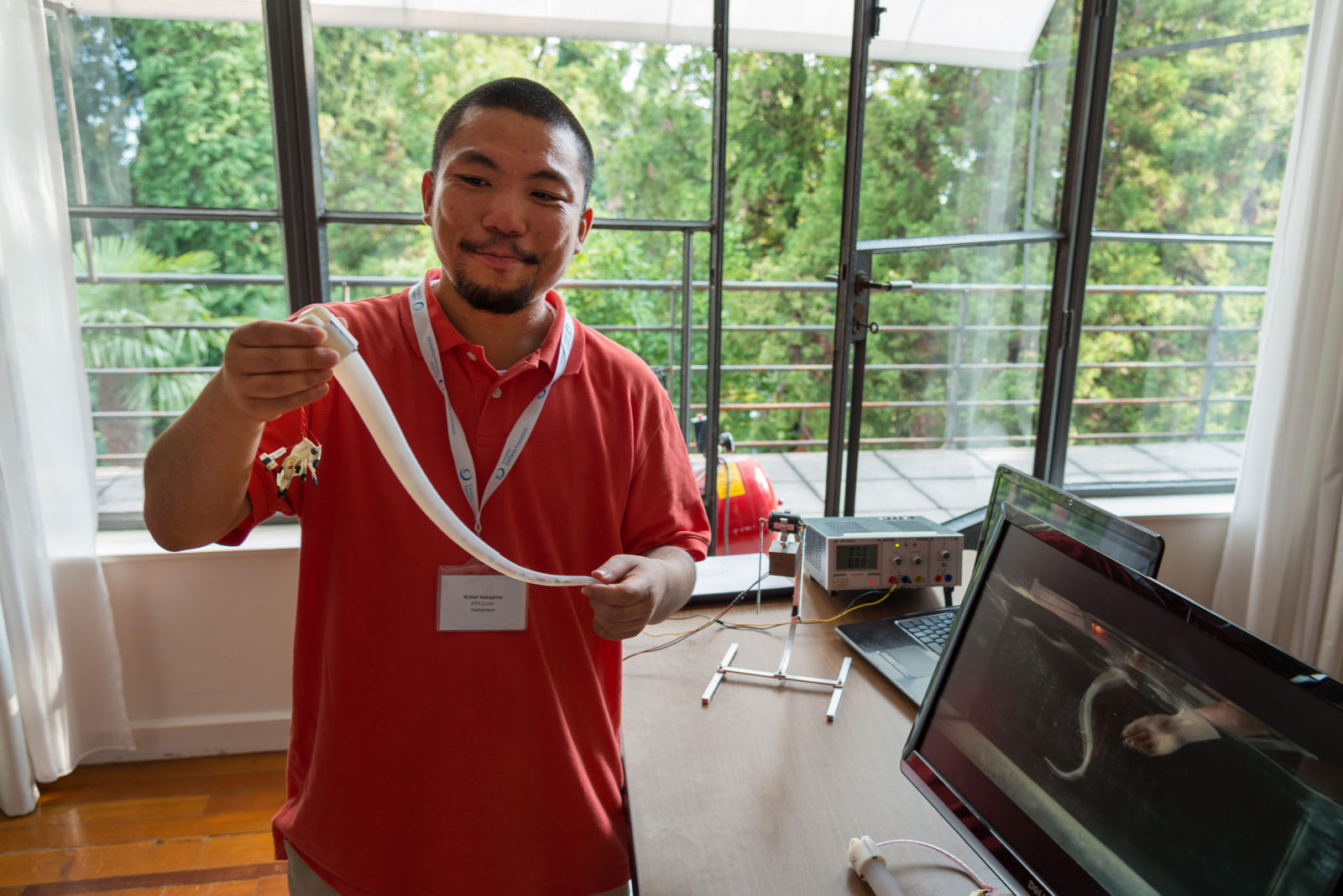New bionic fingertip can ‘feel’ texture

Using a bionic finger, researchers at the Swiss Federal Institute of Technology In Lausanne (EPFL) have developed a way for amputees to feel texture. It is an innovation that could potentially lead to better prosthetics.
“The stimulation felt almost like what I would feel with my hand,” said amputee Dennis Aabo Sørensen in an EPFL statement released on Tuesday.
Using the EPFL device, Sørensen has become the first person in the world to feel texture using a bionic fingertip. In experiments, he was able to distinguish between rough and smooth textures with 96% accuracy.
To achieve this breakthrough, researchers Silvestro Micera, from EPFL and SSSA (Scuola Superiore Sant’Anna), and Calogero Oddo from SSSA surgically connected their bionic fingertip to the upper arm of an amputee. When the fingertip is passed over a textured piece of plastic, sensors generate electrical signals that mimic the activity of real human nerve cells.
Just like the real thing
To compare their results to those from a non-amputee, the researchers used fine needles instead of surgery to connect a subject’s arm to the bionic fingertip. The non-amputees could correctly detect roughness or smoothness 77% of the time.
They then measured the brainwaves of the non-amputees while they detected texture using first their own finger, and then the bionic finger.
The results showed that analogous regions of the subject’s brain were active during both experiments, suggesting that the feeling of touch from the robotic finger truly resembles naturally produced sensory information.
“This study…provides additional evidence that research in neuroprosthetics can contribute to the neuroscience debate, specifically about the neuronal mechanisms of the human sense of touch,” said Oddo in a statement. “It will also be translated to other applications such as artificial touch in robotics for surgery, rescue, and manufacturing.”
The results were published on Tuesday in the open access biomedical sciences journal eLifeExternal link . They come just a little over a month after another team of EPFL researchers published a study describing a new technology, also applicable to prosthetics, which allows robotic ‘fingers’ to grasp and pick up objects of variable size and shape

In compliance with the JTI standards
More: SWI swissinfo.ch certified by the Journalism Trust Initiative



You can find an overview of ongoing debates with our journalists here. Please join us!
If you want to start a conversation about a topic raised in this article or want to report factual errors, email us at english@swissinfo.ch.